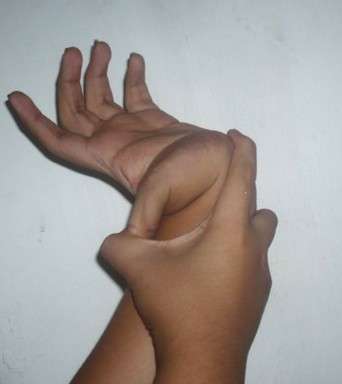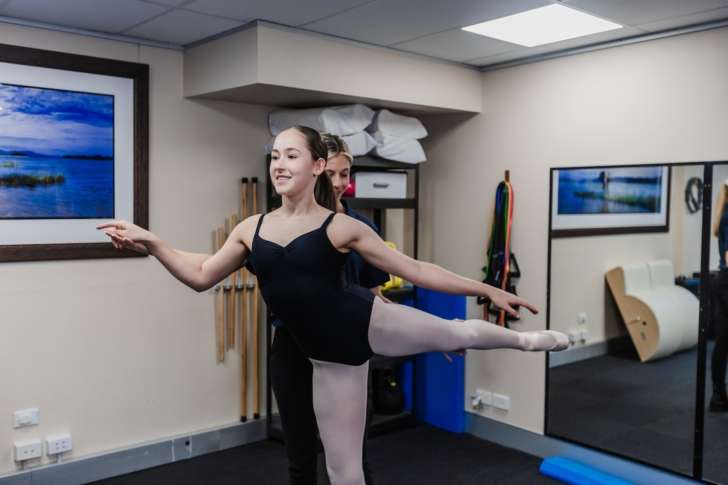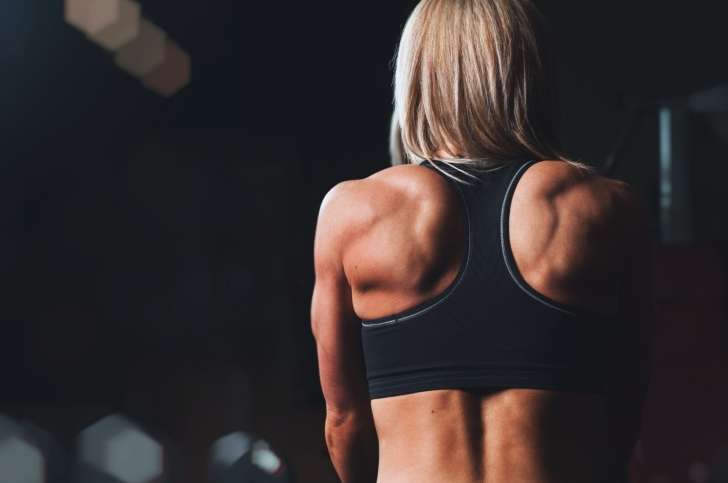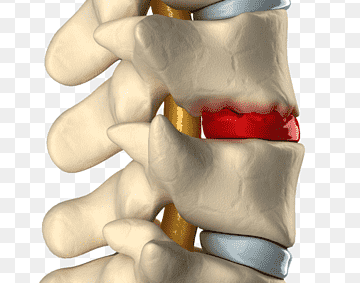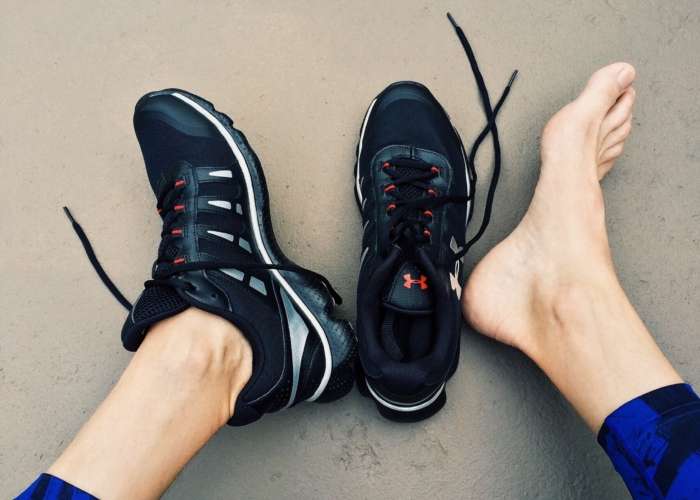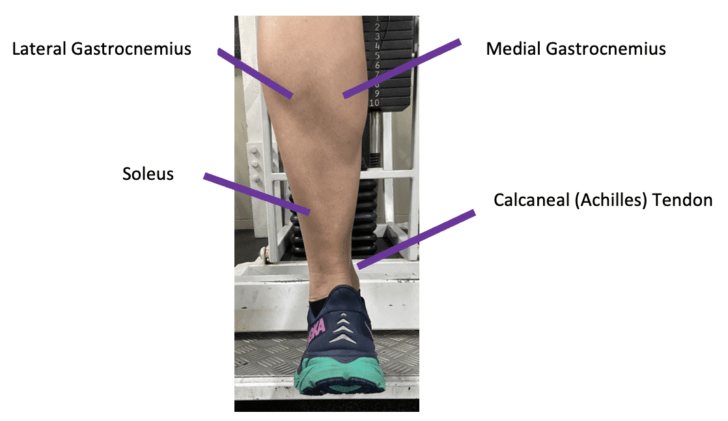Swimmers Shoulder is an umbrella term for shoulder pain incurred from greater training demand, inappropriate load or impaired joint biomechanics during the swim stroke. Pain will typically present in the anterolateral shoulder as a result of impingement, rotator cuff tendinopathy or tear, labral injuries or neurological impingement. Each stroke varies in the musculoskeletal demands which can be refined to ensure performance optimisation.
Read more

